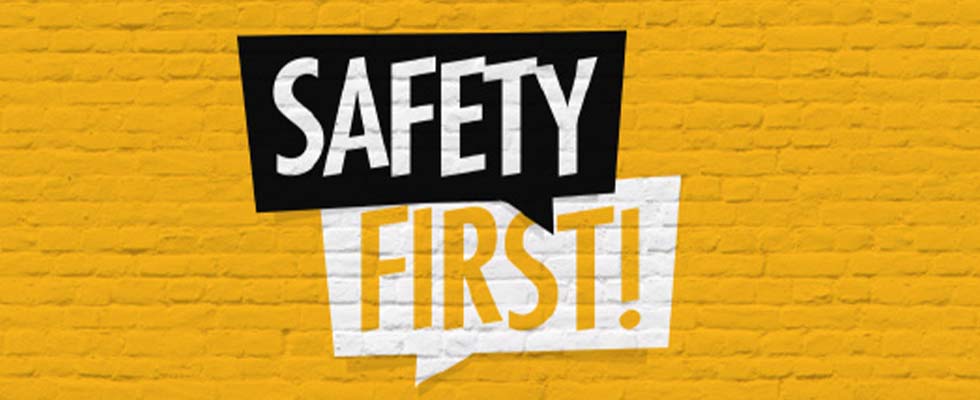
How safe is it to work in the pumps industry?
10/04/2021
While 94% of respondents said they feel safe at their workplace, some respondents would like to see more training on arc flash, chemical hazards, hearing safety and more. The number of respondents who experienced an injury in the last year was low but two people did report that they lost a finger. Here is more on how the pumps industry is answering the call from employees to consider their safety a high priority and what organizations are continuing to do to protect professionals against COVID-19.
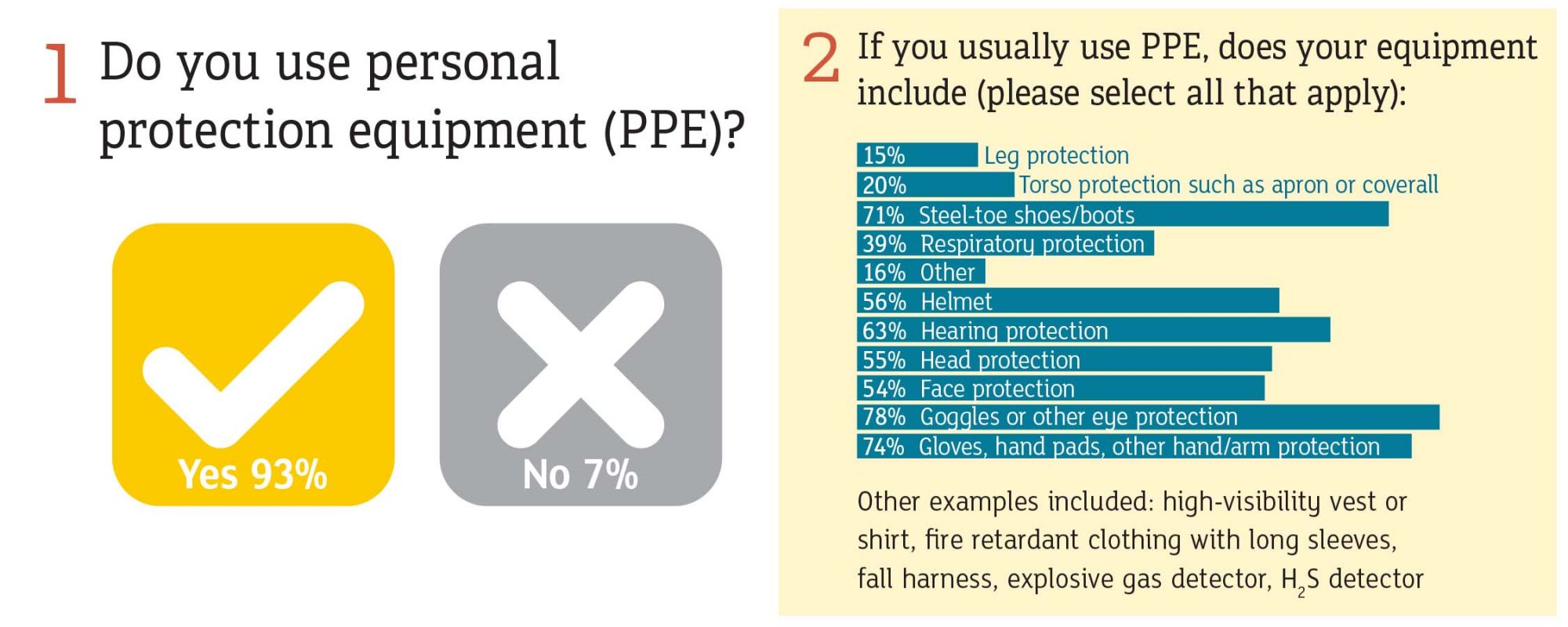
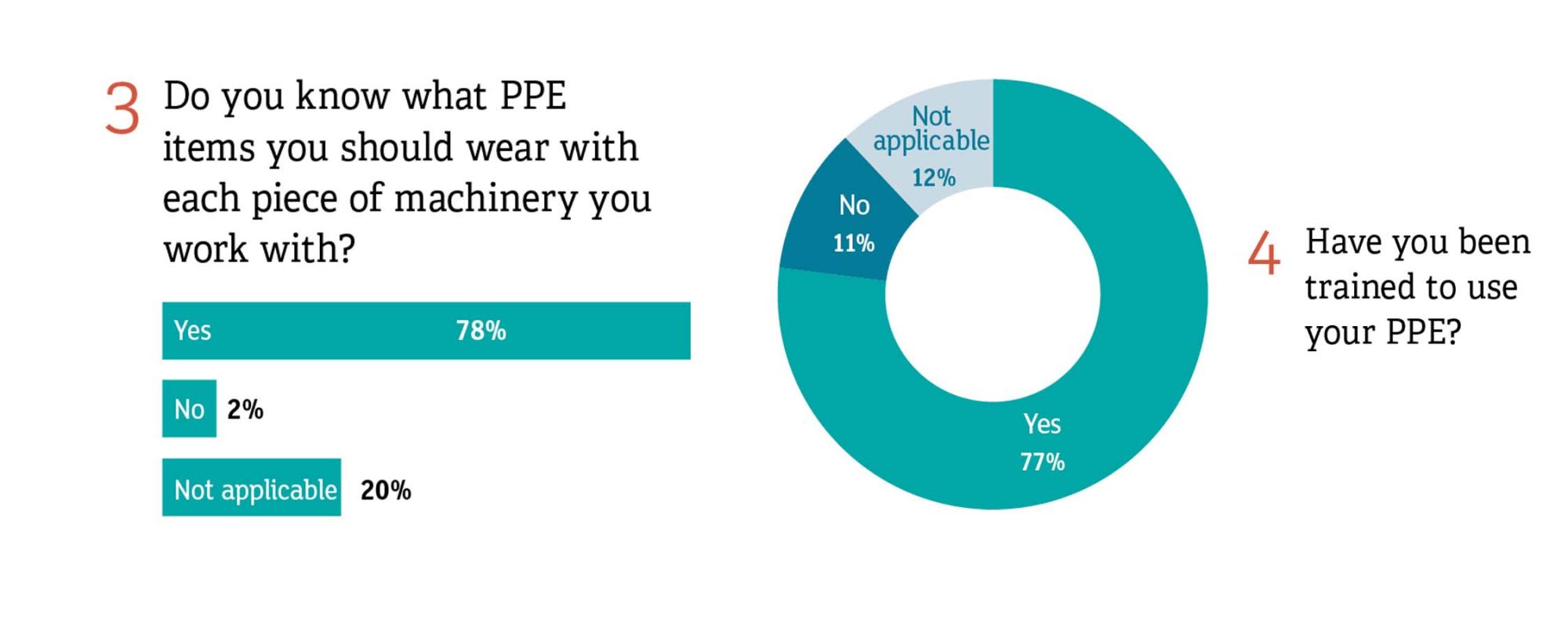
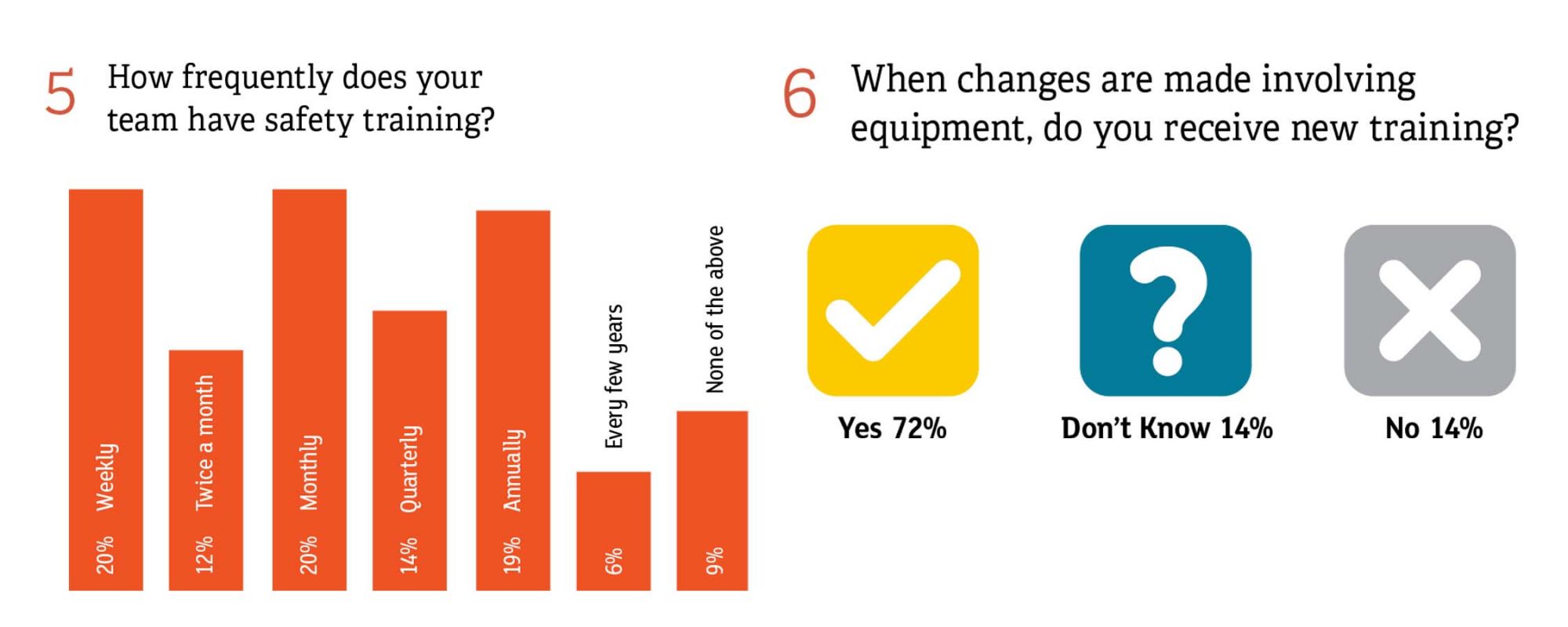

 If you could request one item of safety gear or one safety training class, it would be:
If you could request one item of safety gear or one safety training class, it would be:
- Arc flash
- Isolation and tagging
- How to use and apply safety gears correctly
- Disaster management drills
- How to handle a fire outbreak in the factory
- Explosion and firefighting
- Working at high heights
- Noncontact voltage detectors
- High-voltage safety gloves and electrical tools
- Hazard identification and how to reduce it
- Release consequence modeling
- OSHA regulations (Occupational Safety and Health Administration
- Trips and falls safety training
- Working in confined spaces
- Driven equipment such as cranes, end loaders, fork lifts, etc.
- Electrical safety
- Safety harnesses
- Hearing safety
- MSHA training (Mine Safety and Health Administration)
- Polyether reactor safety
- Scaffolding training
- Chemical hazards
- Rigging
- Hazardous gas; gas leaks prevention
- Air quality training
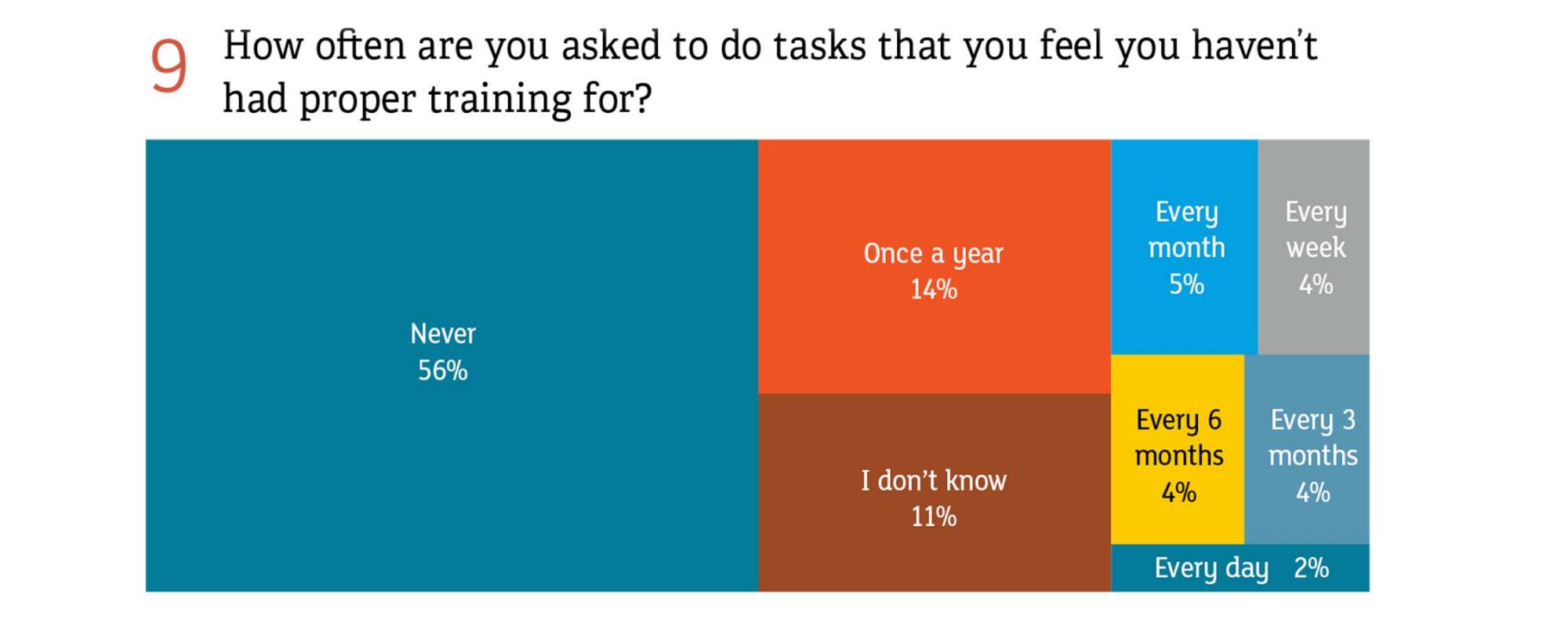
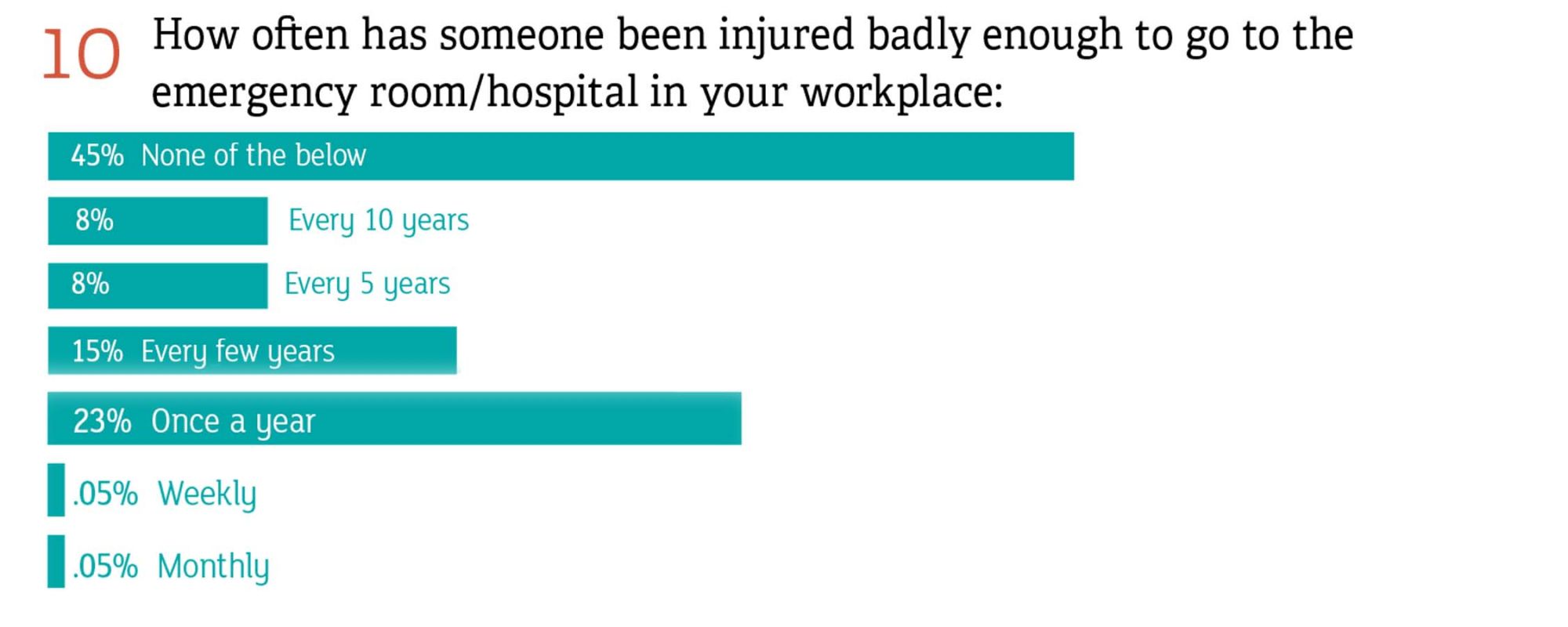
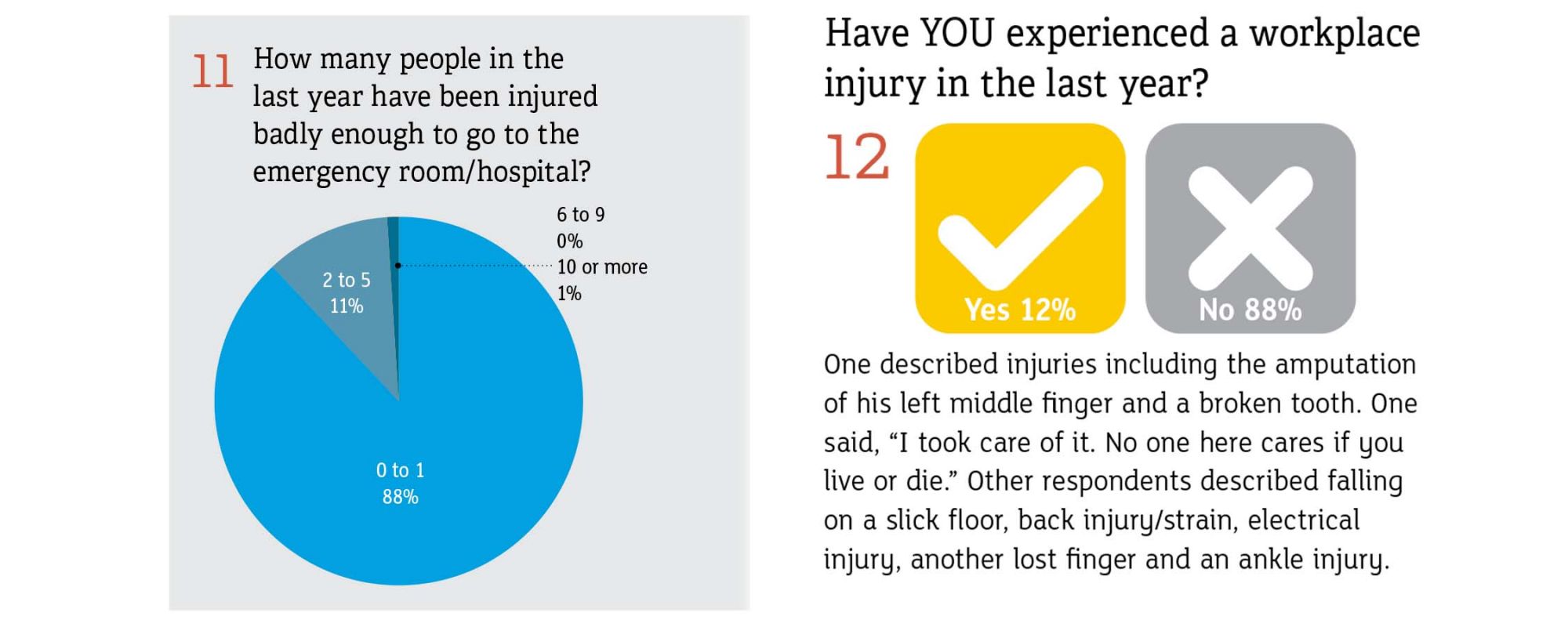

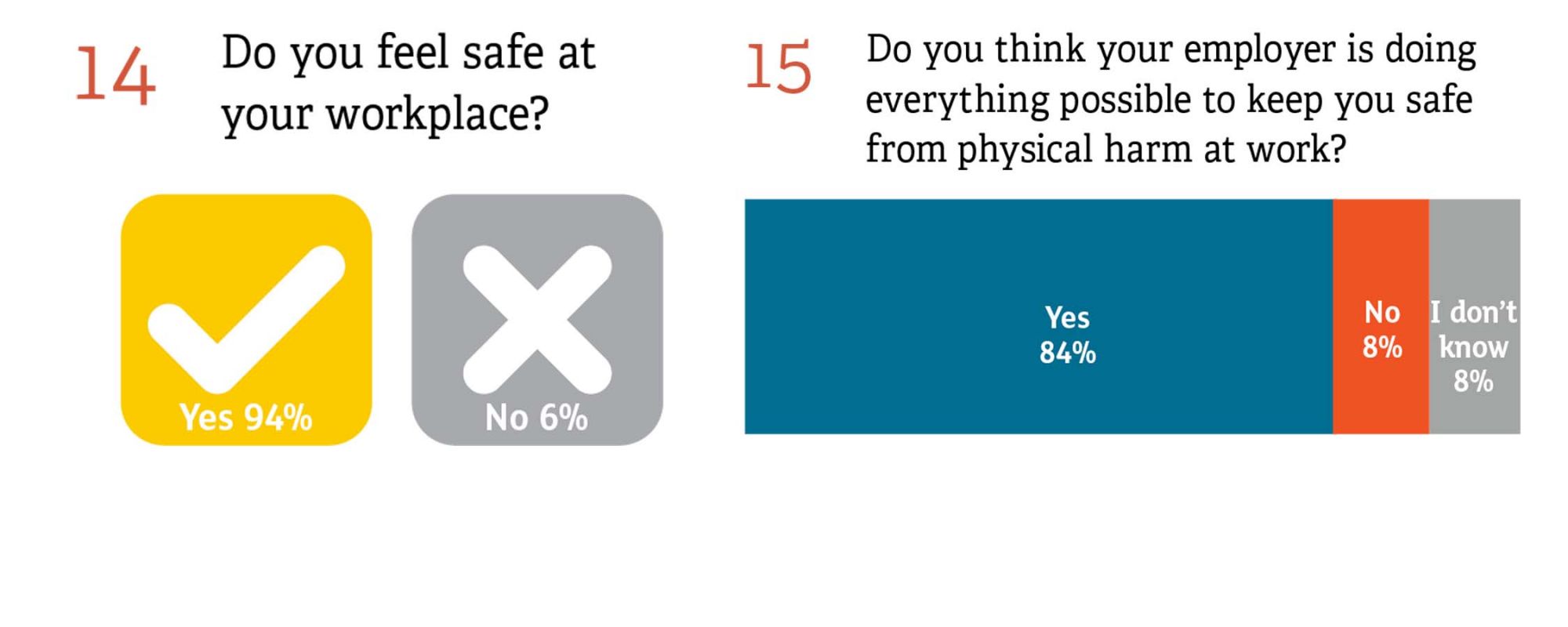
 If your answer to question 15 was no, what would you like to be done better?
If your answer to question 15 was no, what would you like to be done better?
- Update training program periodically
- Upgrade existing first aid stations to emergency stations with ICU facilities
- Simply do the right thing and care for the person instead of thinking first “what report is this going to show up on” or “how can I keep the company from being liable for this”
- Few employee safety improvement suggestions are acted on
- My employer should recognize first that we need to care about COVID-19 and improve company response about it. Be strict with the use of face masks
- Better protection in material handling
- Worksite security against active shooter/s
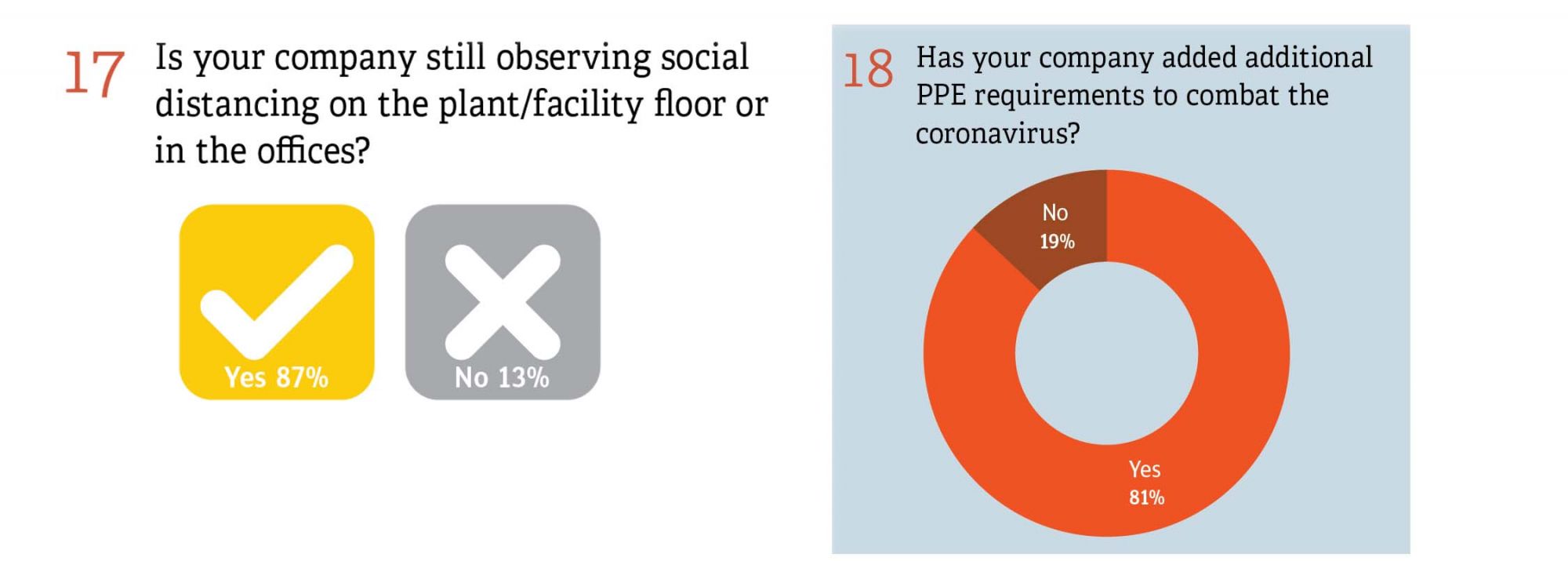
 If so, what additional PPE is now required?
If so, what additional PPE is now required?
- Face masks
- Gloves
- Hand sanitizer
- Face shields
- Testing
- Temperature checks
- Social distancing
- Additional office or work area disinfecting
- Frequent handwashing
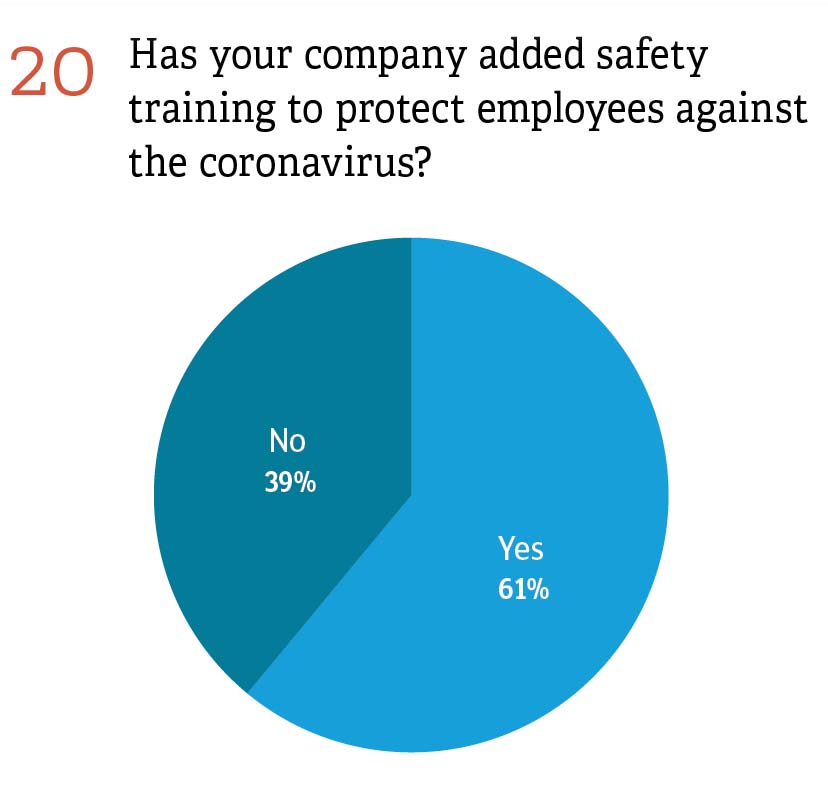
 If so, what did the training entail?
If so, what did the training entail?
- PPE training
- Daily reminders of safety protocols for COVID-19
- Flyers of do’s and don’ts
- Information seminars and meetings
- Invited the ministry of health officials to come and sensitize employees on the same. Also set aside an isolation room with bed, sanitizers, gloves and masks
- Awareness and cleaning training
- Semi-weekly emails
- Online training
- Videos and newsletters
- Changed policy and procedure [handbook], mandatory virtual class


